
Freak & Creator - Art in Santanyí
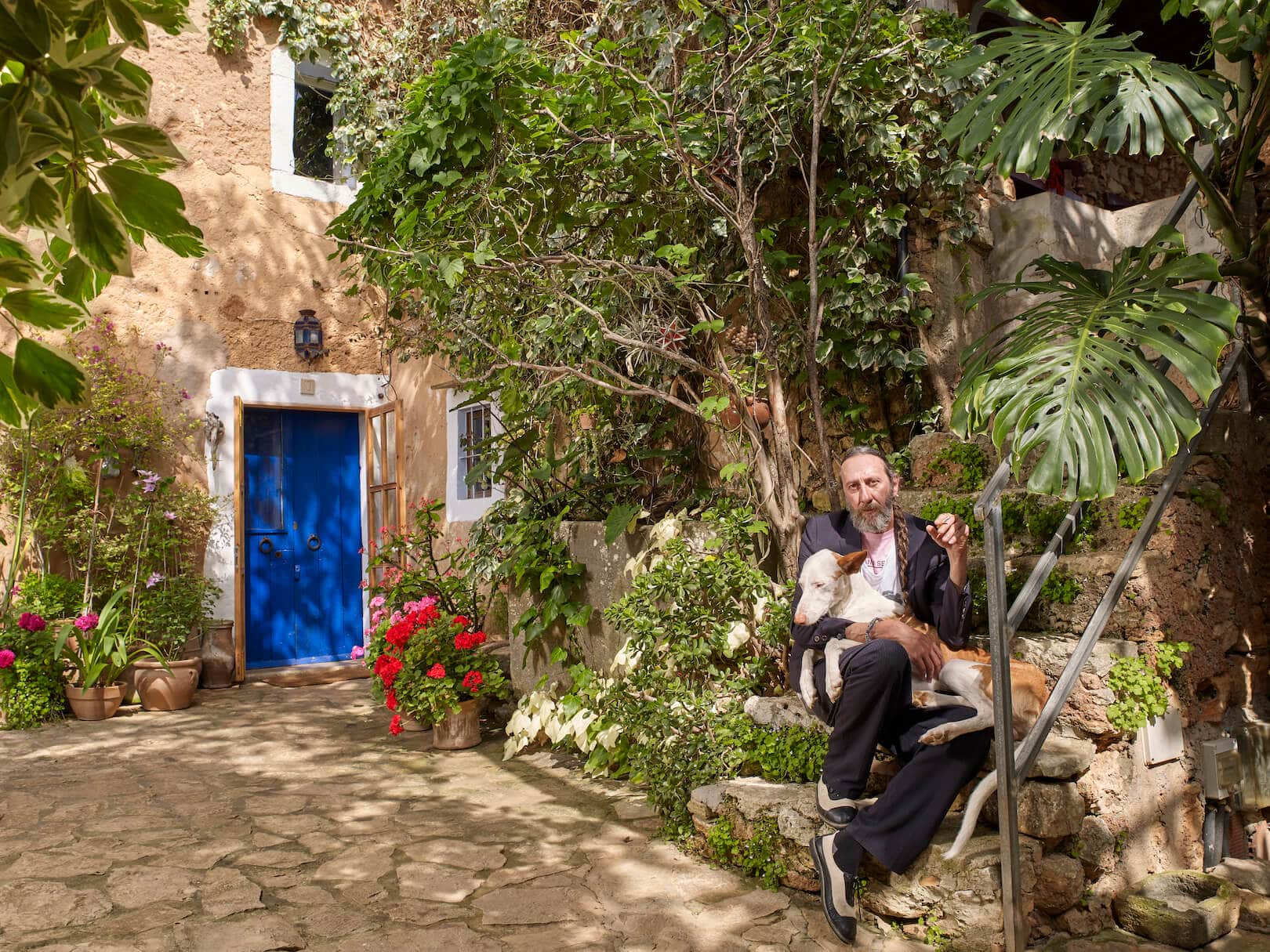
The installation that Miguel Adrover spontaneously stages in his studio in Calonge is for the photographer. Three cardboard boxes serve as a base, on which he arranges loose animal horns, skulls, leather belts and ladies' hats. He also uses a watercolor box, a shackle, the legs of a mannequin and his grandfather's stuffed pheasant, hanging an iron cross from the bird's beak. "Now something organic is still missing," says the artist and floats into the garden in a floor-length dress, only to return a minute later with two roses.
His long hair falls loosely over his shoulders and his lean, 1.90-metre stature gives him a mannequin-like appearance. He can pose - the designer learned how to do this from models during his years in New York. His dress has a motif of migratory birds and looks like a painting on his body. For the next photo, he slips on a gold-colored pleated skirt, also from one of his earlier collections. The pleats were embossed into the fabric with hot cardboard, giving the surface the appearance of a feathered dress.
From the darling of the fashion world back to the
his parents' almond finca near Santanyí - the upheaval in Miguel Adrover's life could not have been greater. The house in Calonge, where he has lived for four years, is 770 years old. It has electricity, but at the same time it is like a cave with walls several meters thick. Five generations of his family have lived in it.
Now Airbnb guests sometimes spend the night in the apartment on the top floor or big names from the fashion scene drop by for a short break. Gardening helped the former star designer to settle into his new life in the country.
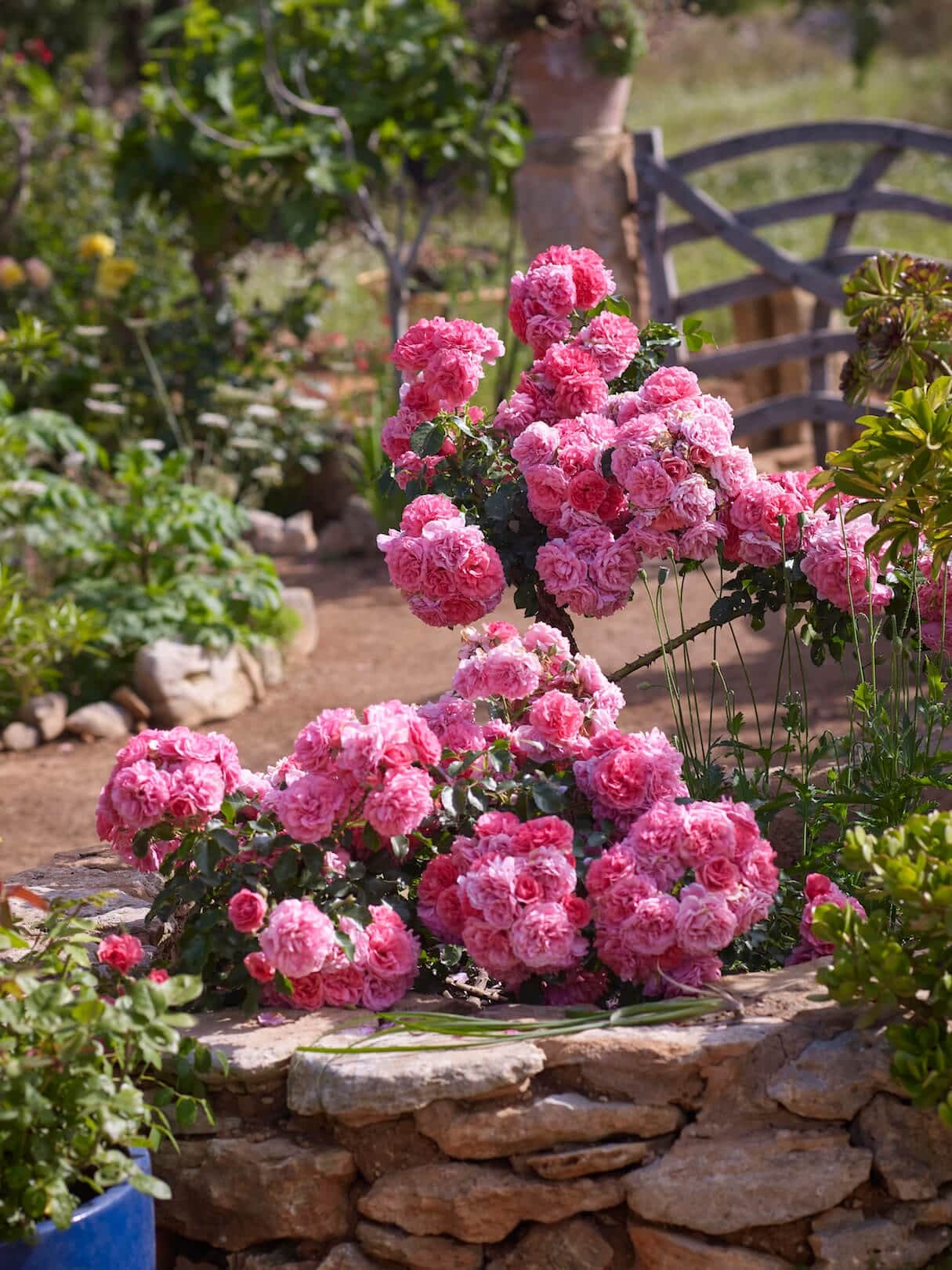
I am self-taught.
He created a tropical garden on the finca, planting around 400 varieties of roses from England, Germany, China and Iran in the Mallorcan soil. And in spring, over 3,500 tulips bloom on the grounds where he played Indian as a child. "I've been self-taught all my life," says the 52-year-old, whose designs have hung in the Victoria & Albert Museum in London and are in the collection of the Metropolitan Museum of Art in New York. As a child, Miguel Adrover was expelled from school at the age of twelve for the reason: "You'll never learn anything."

From then on, he helped his parents on the finca, and at 18 he moved to London, where he joined the punk scene and kept his head above water with cleaning jobs. A few years later, the young wild man moved to New York, where he came into contact with fashion by chance through a tailor friend. Clothing was the way he found to express himself and draw attention to the world's ills. Anna Wintour, the notorious editor-in-chief of Vogue, was enthusiastic about his work and Miguel Adrover became a star overnight. When the elaborate campaigns and selling the collections took up more time and energy than the creative part, he quit. "The fashion industry paralyzed me. I was just playing a role," says Miguel Adrover, who is considered a pioneer of upcycling, i.e. making new clothes from old ones. In 2008, the German organic fashion company Hessnatur called the designer and he was filled with new hope: "I wanted to revolutionize eco-fashion and make a breakthrough in Europe with the brand."
After four years, he left the company because his ideas were not understood, according to Miguel Adrover. After that, many people called to work with him, but the Mallorcan didn't believe in it,
to build on the old glory: "It was only when I started making art that I felt reborn."
On his parents' estate, there is an abandoned water reservoir where rain used to be collected. This is where many of the 19,000 photos were taken, some of which he exhibited for the first time in April at the gallery in Plaça Canals in Santanyí. This time, he produced his work entirely on his own, without stylists, producers, assistants, fashion designers, choreographers, models or publicists. The result is striking. Are they paintings or are they real people? It is not always clear. One day, Miguel Adrover carried mannequins, a remnant of the New York era, into the garden. He decorated their faces with tulip leaves, dressed them in garments made of plastic, cloth and netting for almond trees and photographed them with his old digital camera. He deliberately doesn't use people because he doesn't trust them for art photography: "Girls and models do something or show an emotion. But in the end, it's not true." He made the art without having a client in mind and without thinking about whether people would like it or not.
An unwavering freak and avant-gardist
At the Vancouver Biennale

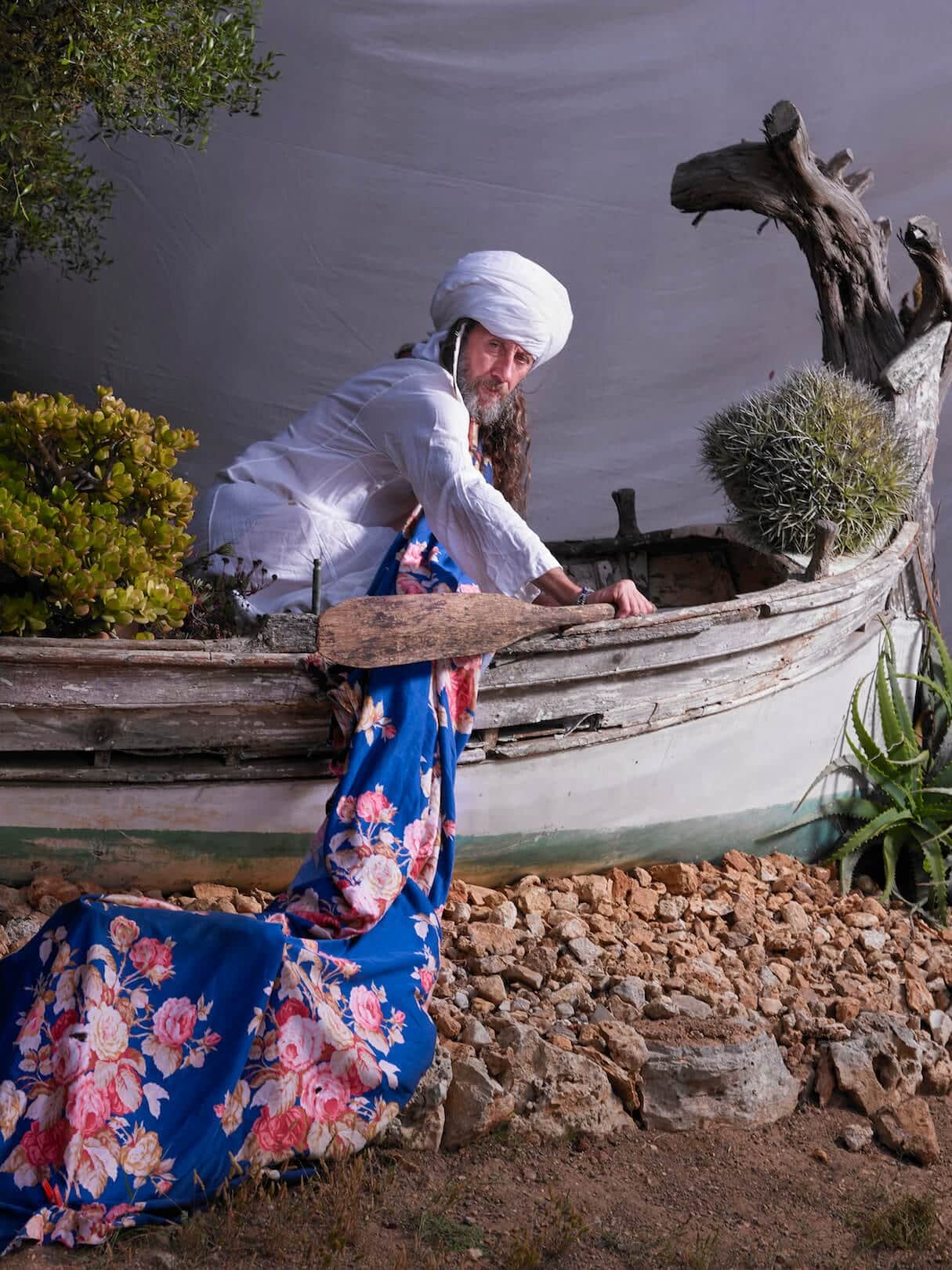
What do you think to the article: Freak & Creator - Art in Santanyí?
We cordially invite you to share your thoughts, impressions and own experiences in the comments section.
Have you found your own memories in Mallorca's news and stories, met fascinating characters or have experiences of your own that you would like to share with us?
Share your impressions, arouse curiosity or express your enthusiasm - every exchange here is an enrichment of our shared passion for this magical island.
Rental car book for your next vacation
Just one click and you have a wide selection of our selected and recommended rental car partners available.
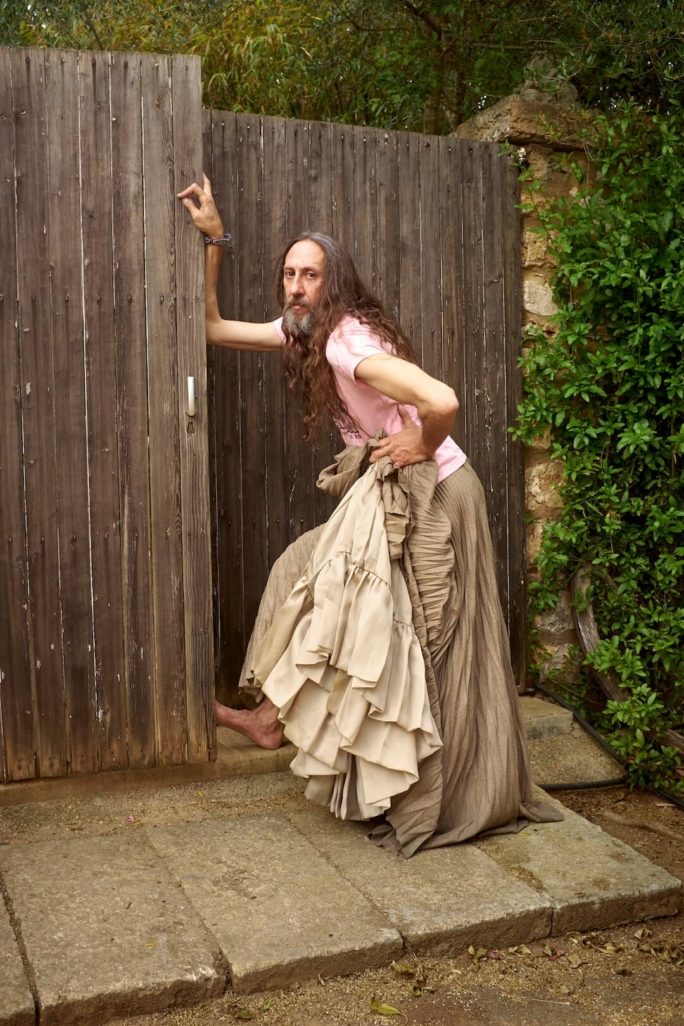
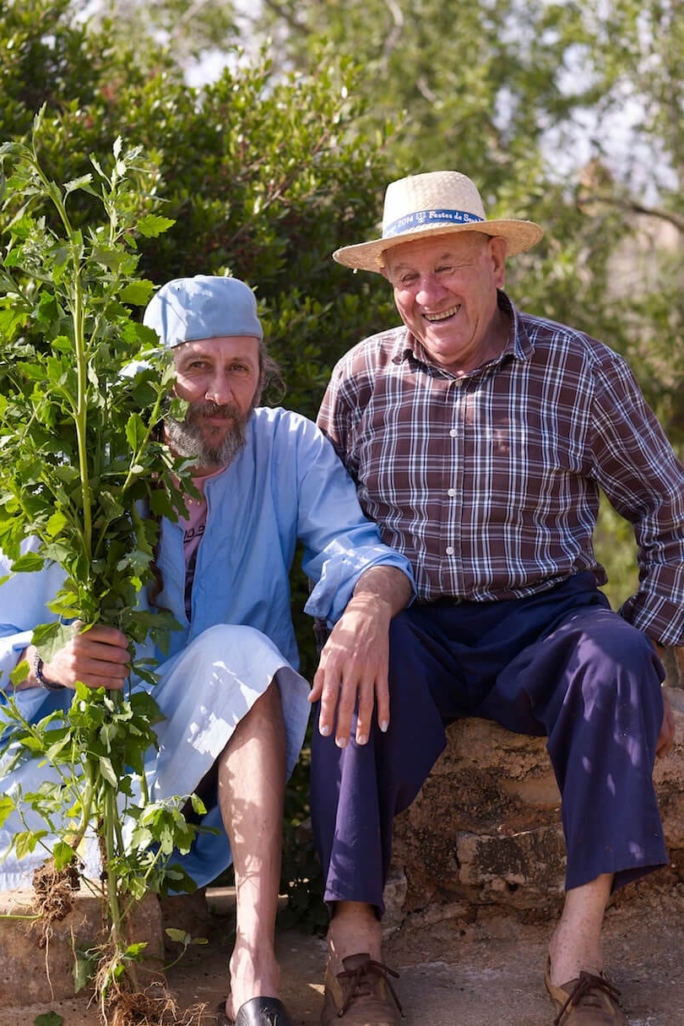
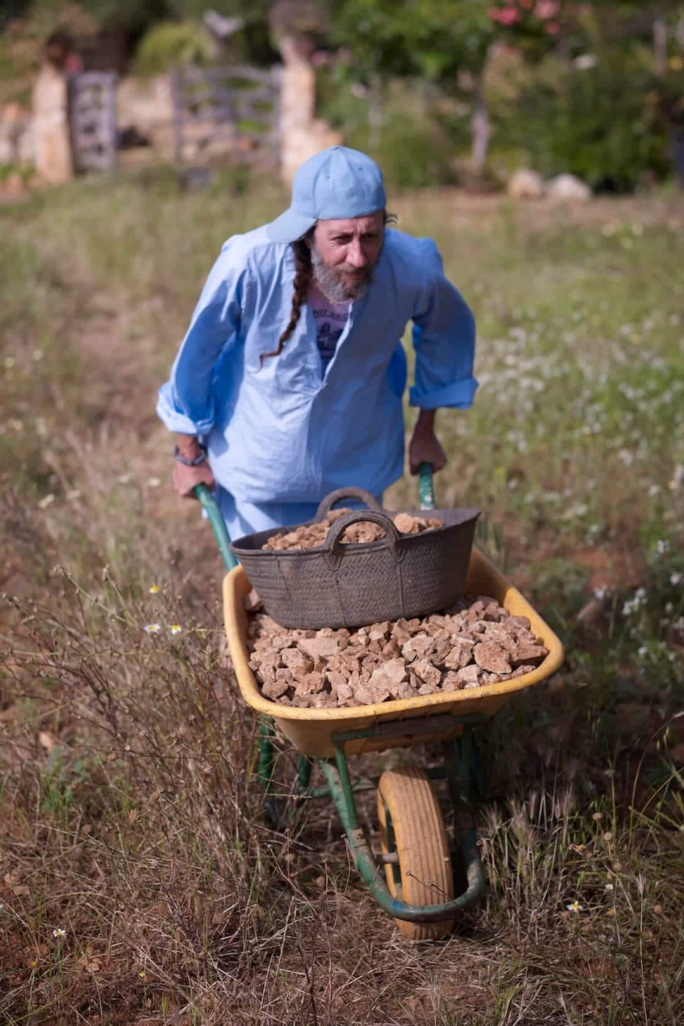
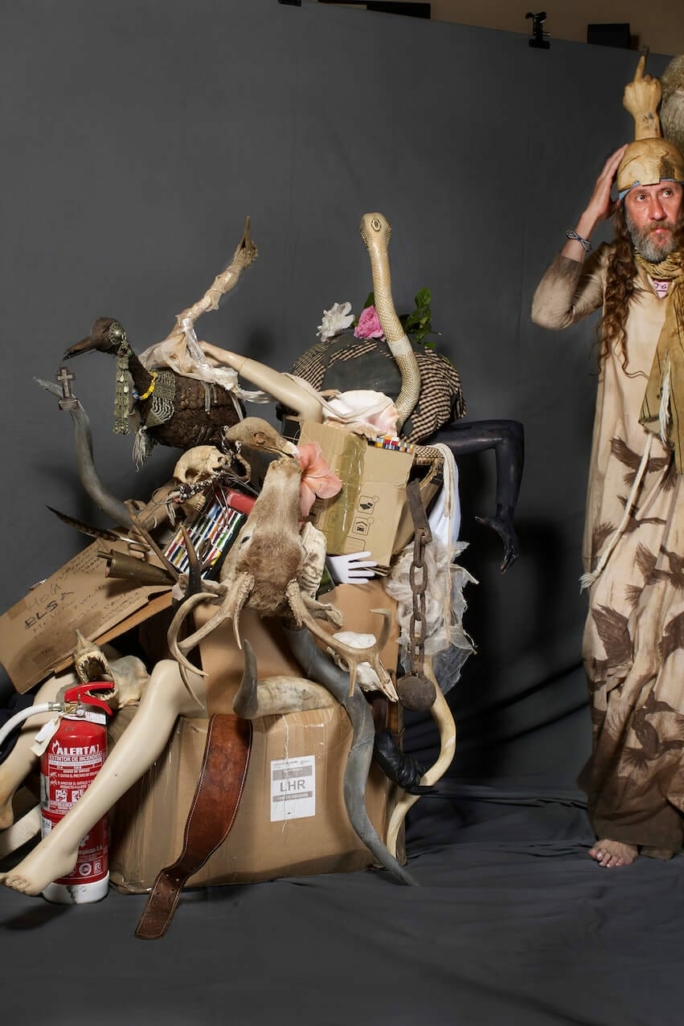

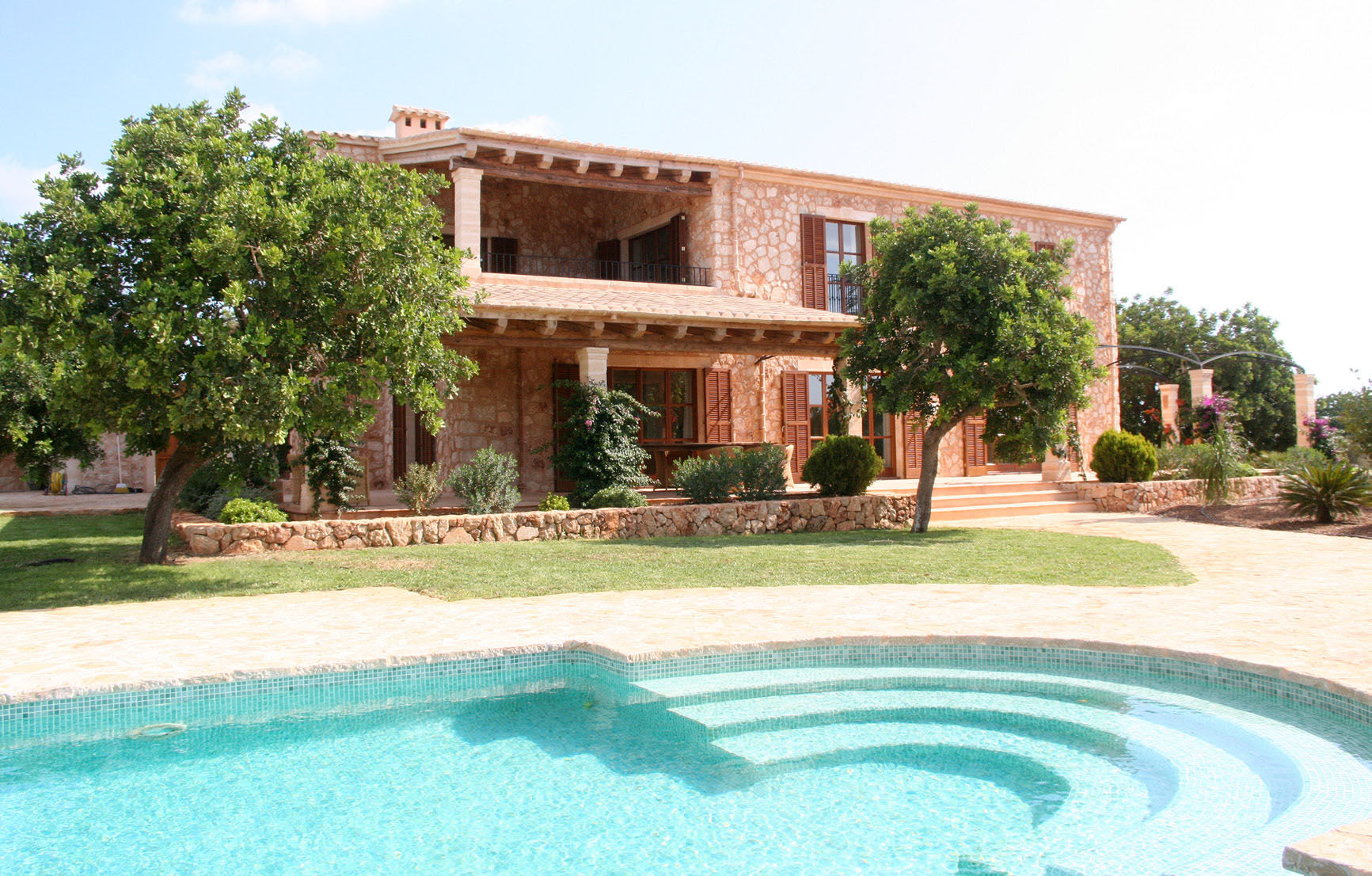
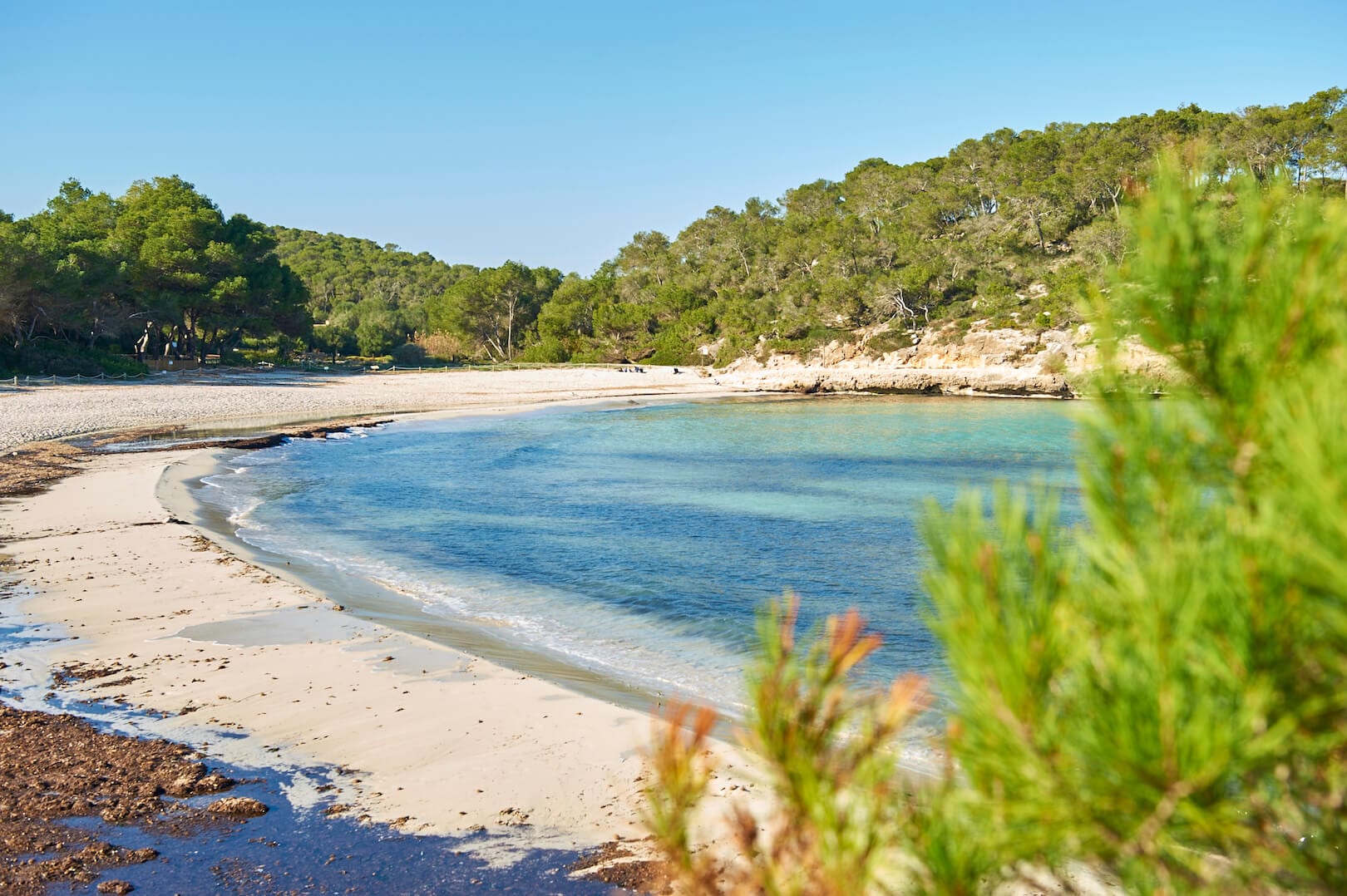
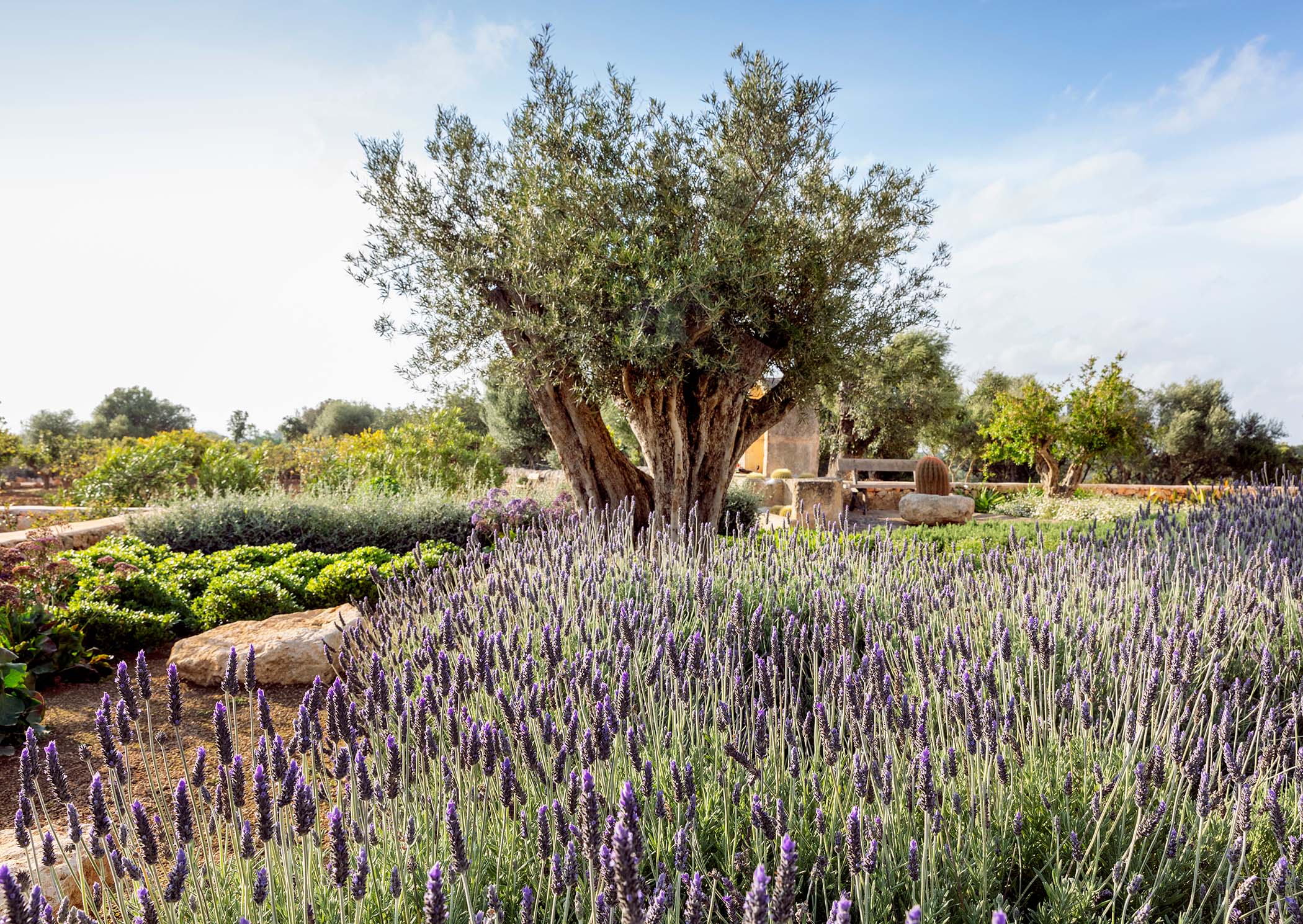
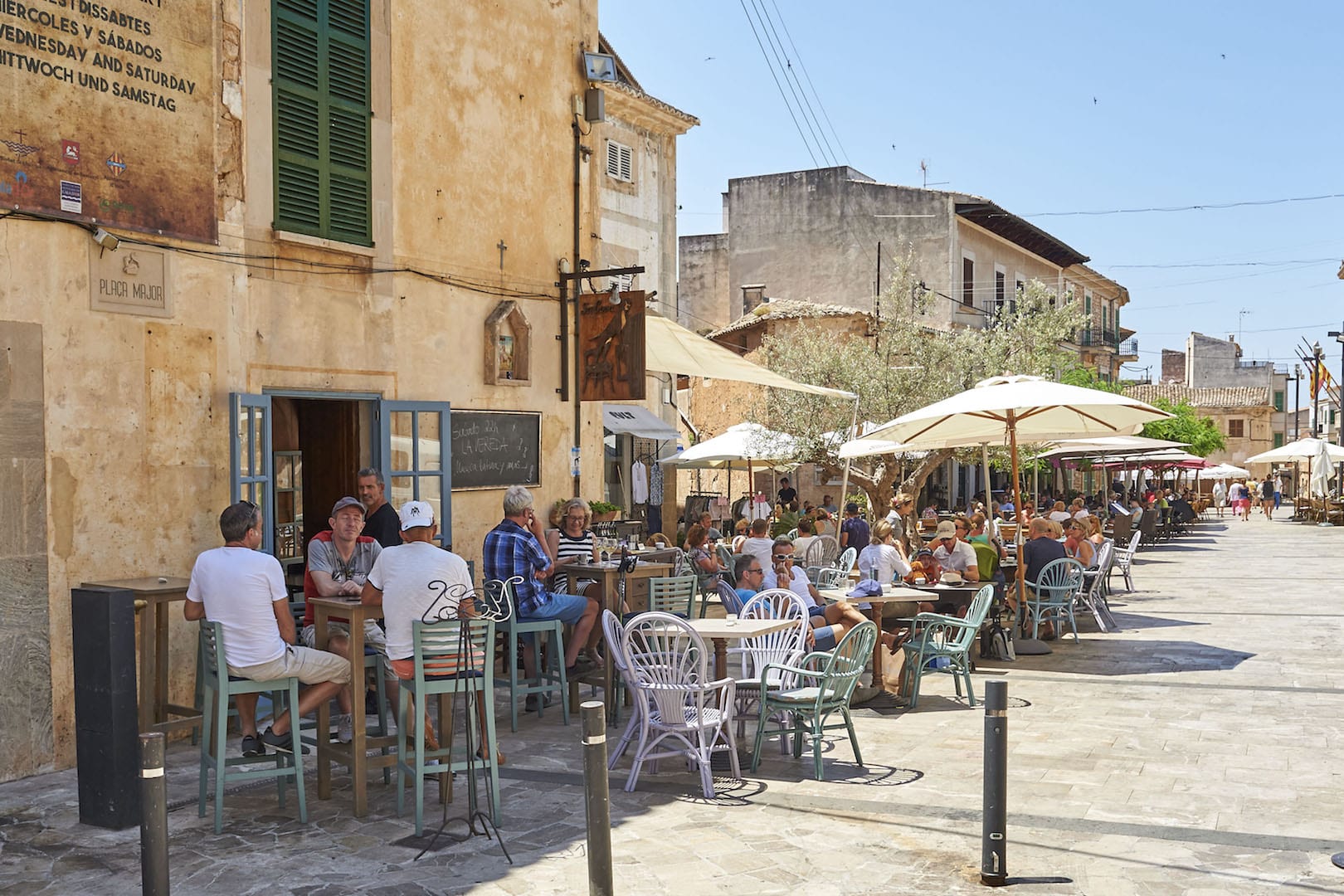
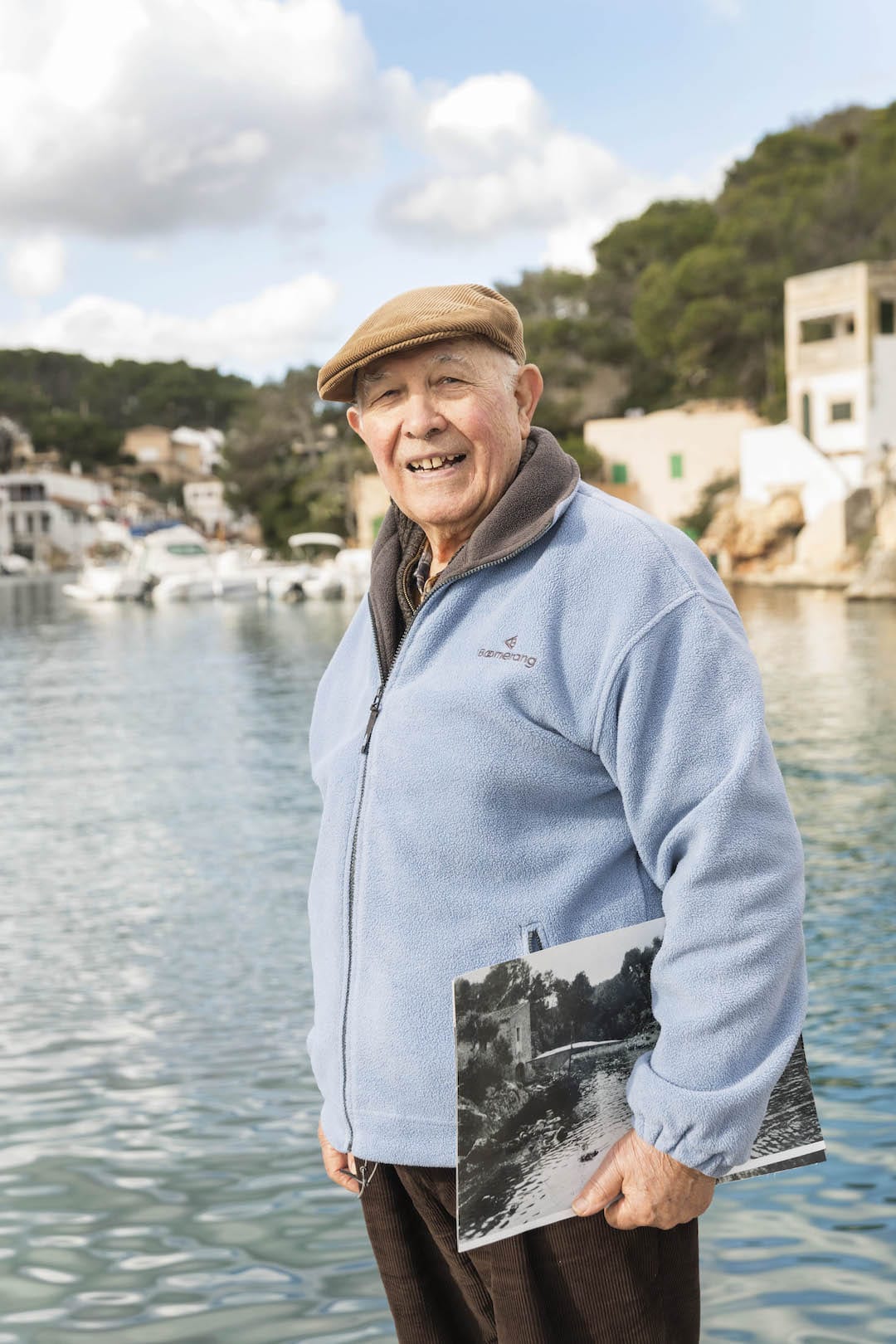
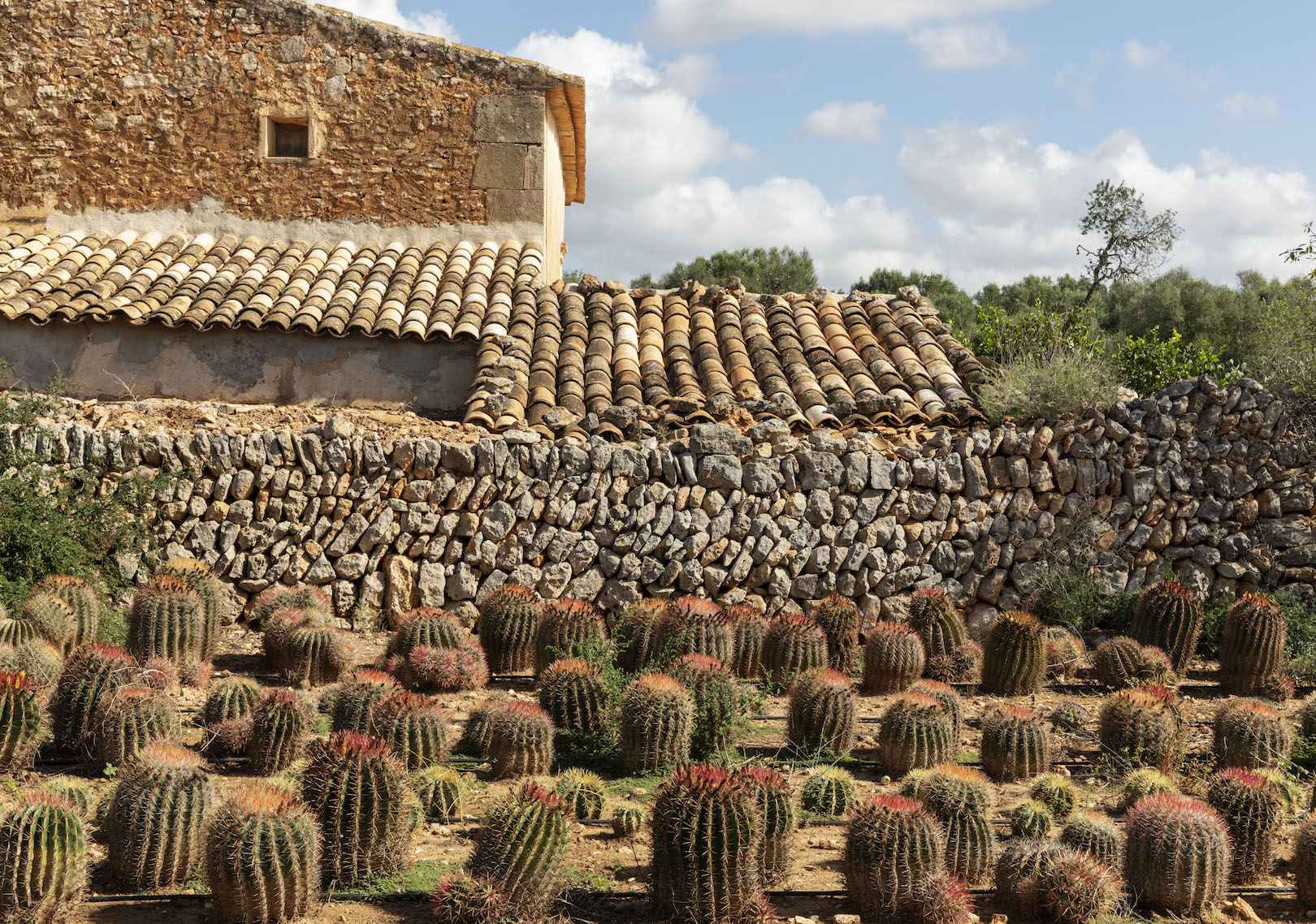
0 Comments